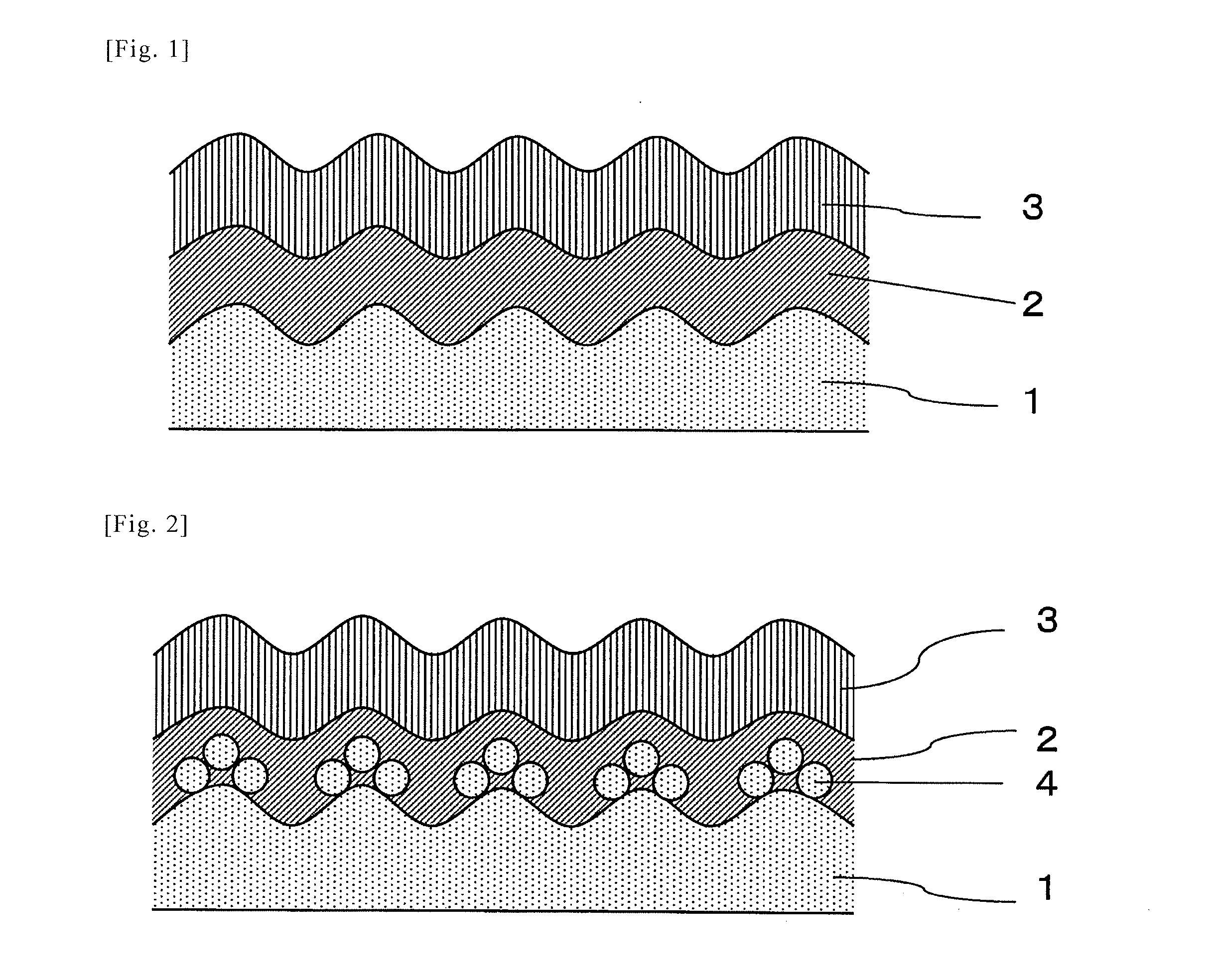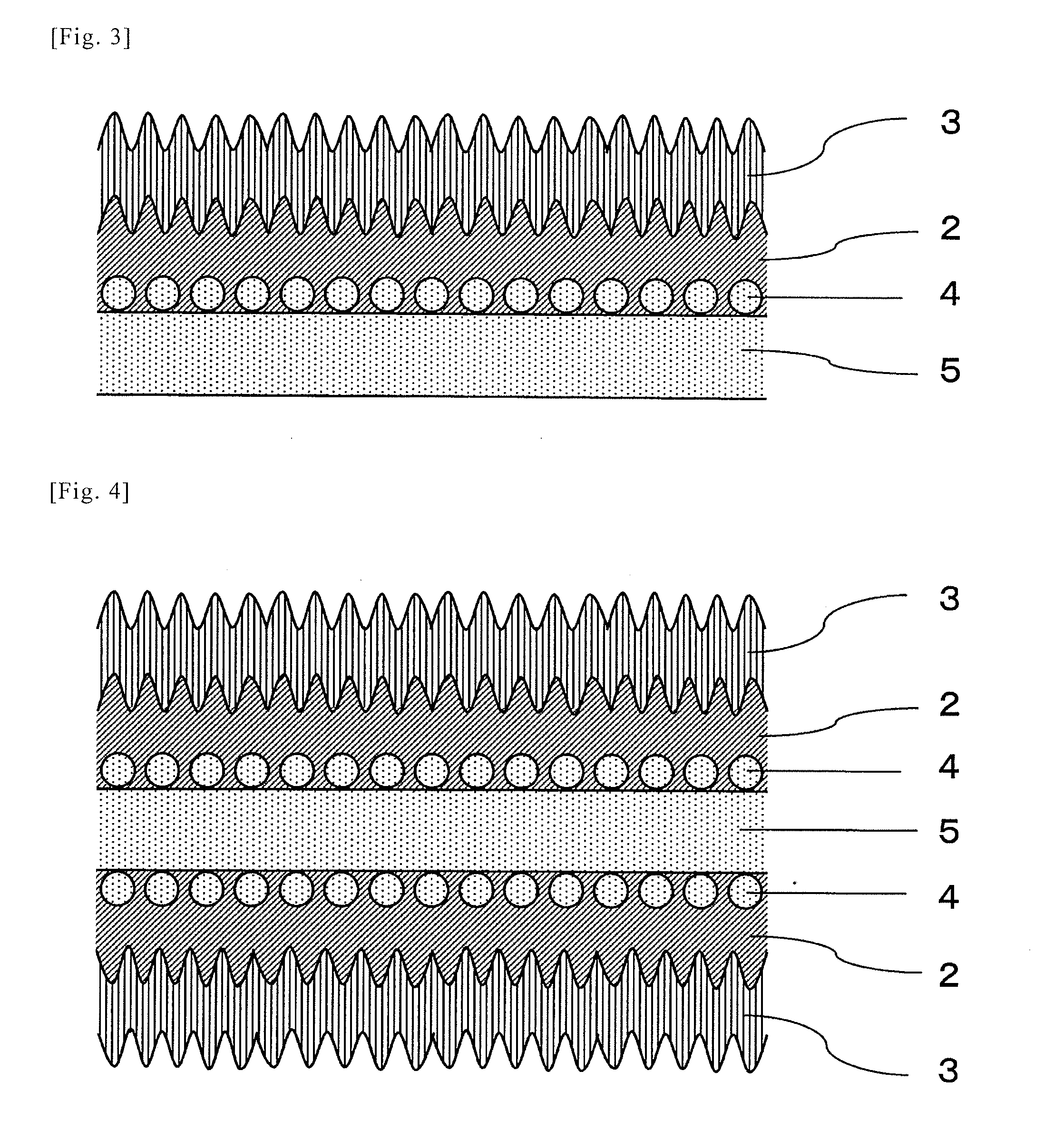Anode for secondary battery, anode current collector, production method thereof, and secondary battery
a technology of anode current collector and secondary battery, which is applied in the manufacture of electrodes, solid-state diffusion coatings, and final product manufacturing processes, etc., can solve the problems of inability to anticipate large improvement in voltage source capacity with the current combination of cathode and anode active materials, and inability to meet the required performance as a portable power source. , to achieve the effect of high capacity, high economics,
- Summary
- Abstract
- Description
- Claims
- Application Information
AI Technical Summary
Benefits of technology
Problems solved by technology
Method used
Image
Examples
example
[0043]Hereinafter, the present invention will be described in detail with reference to the Examples. In this Example, the invention comprising a film on one side, as described in FIGS. 1 to 3, is shown. However, the present invention is not limited to such examples and the embodiment of FIG. 4, wherein the film formation treatment for one side is performed on both sides, may be similarly performed.
(1) Sample Preparation for the Examples and Comparative Examples
[0044]First, a test sample of the silicon-type anode of the present invention, and the anode current collector used for the same, as well as a silicon-type anode sample for comparison, were prepared as follows.
[0045]Rolled copper foil (Product of Nippon Foil Mfg. Ltd.) and electrolytic copper foil (product of Furukawa Electric Co. Ltd.) of various thicknesses were used as the original copper foil (copper foil substrate without surface treatment) for the current collector copper foil. For the rolled copper foil, a double-glossy...
PUM
| Property | Measurement | Unit |
|---|---|---|
| surface roughness | aaaaa | aaaaa |
| surface roughness | aaaaa | aaaaa |
| tensile strength | aaaaa | aaaaa |
Abstract
Description
Claims
Application Information
 Login to View More
Login to View More - R&D
- Intellectual Property
- Life Sciences
- Materials
- Tech Scout
- Unparalleled Data Quality
- Higher Quality Content
- 60% Fewer Hallucinations
Browse by: Latest US Patents, China's latest patents, Technical Efficacy Thesaurus, Application Domain, Technology Topic, Popular Technical Reports.
© 2025 PatSnap. All rights reserved.Legal|Privacy policy|Modern Slavery Act Transparency Statement|Sitemap|About US| Contact US: help@patsnap.com



